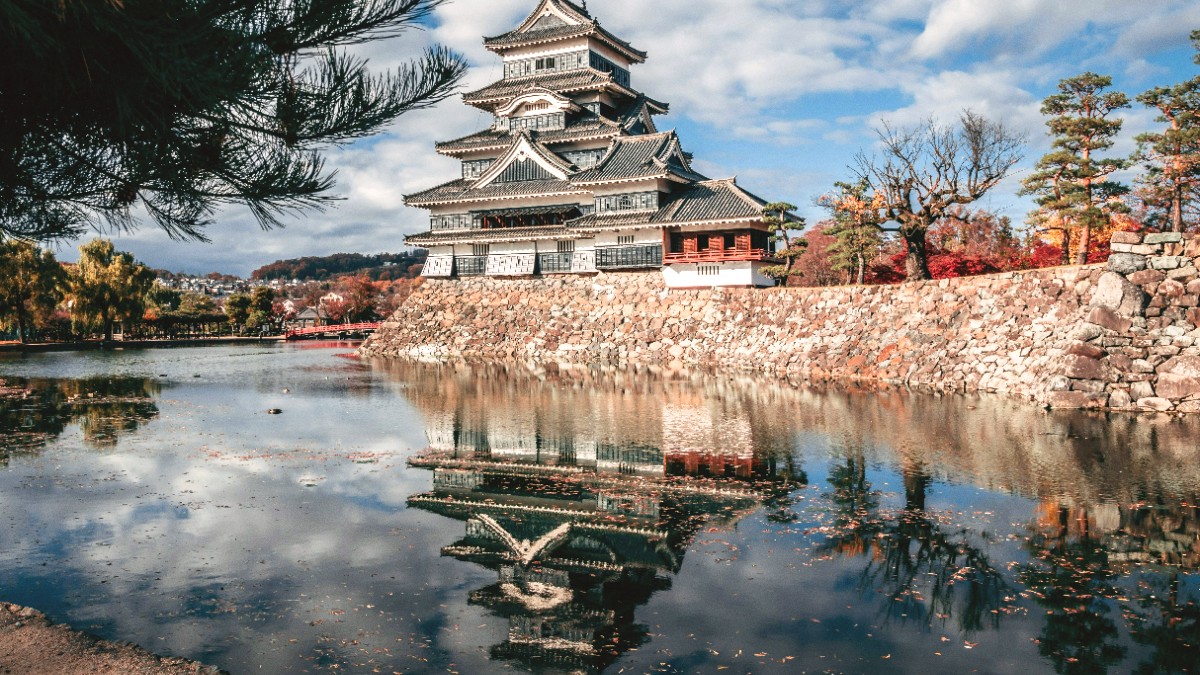
West Of Tokyo, Japan
Hakone’s cuisine draws on its mountainous terrain, Lake Ashi, and its past as a resting spot. Seasonal ingredients from mountains and lake are central.
Onsen ryokan traditionally serve elaborate multi-course meals known as kaiseki, a culinary art with emphasis on balance, seasonality, and visual presentation.
Flavors highlight natural tastes. Staples include soy sauce, dashi (savory broth), miso, and mirin. Freshwater fish like trout are prominent.
Hakone's cuisine generally matches Kanto traditions with slightly saltier, stronger flavors. Hot spring culture and mountain environment create a distinct identity.
Breakfast (7-9 AM), Lunch (11:30 AM-2 PM - set menus common), Dinner (5-9 PM - ryokan dinners can be elaborate fixed-time affairs).
Eggs boiled in Owakudani's sulfurous waters, shells turn black. Legends say one egg adds seven years to life.
Available at shops in Owakudani.
Hand-pulled buckwheat (soba) or wheat (udon) noodles, served hot in broth or cold with dipping sauce.
Many local restaurants, especially around Hakone-Yumoto.
Grilled or fried local fish, specifically ayu (sweetfish), a seasonal delicacy.
Served in ryokan or specialty restaurants near Lake Ashi.
Kuro Tamago is the most famous "street food" experience. Fewer widespread stalls than in major cities, but small shops sell local treats.
Local cuisine often reflects the harvest. Chestnuts and mushrooms may be prominent in autumn dishes. Check local calendars for food-related festivals.
Many luxury ryokan present exquisite kaiseki (multi-course) dinners. These meals are prepared with attention to detail and seasonal ingredients. Reservations are usual.
Numerous choices around Hakone-Yumoto and Gora. These establishments offer various Japanese comfort foods like soba, udon, tempura, and tonkatsu.
Convenience stores (7-Eleven, Lawson, FamilyMart) offer fresh, affordable, high-quality meals like bento, onigiri, and hot snacks.
International cuisine is not widespread in Hakone. Most restaurants focus on Japanese cuisine.
Major hotels might offer Western dining for guests.
For a broader selection of international foods, Tokyo presents more choices.
Consider dining in Tokyo before or after your Hakone trip.
May be difficult due to dashi (fish broth). Inquire in advance, especially at ryokan.
Challenging with soy sauce. Carry translated allergen cards. Smaller restaurants may struggle.
Very limited options. Plan to prepare meals or bring certified foods.
Use apps like "HappyCow". A Japanese phrasebook with dietary phrases is useful.
Direct tourist access to farms or food producers is limited. Local dishes feature seasonal produce.
Focus on tasting local ingredients.
Local festivals often feature food stalls. Check Hakone tourism calendars for seasonal events.
Excellent for sampling regional specialties.
The ryokan meal is a deeply cultural experience, often served with incredible attention to detail.
Grab a quick bite from local vendors, especially for snacks while sightseeing.
Many restaurants catering to tourists and locals.
Restaurants near Moto-Hakone and Togendai offer scenic views.
Fewer options, but some charming cafes and restaurants, often part of museums or hotels.
Usually fixed-time and part of your accommodation plan. Inquire about meal times upon check-in.
Arrive on time to enjoy the full multi-course experience.
For fine dining outside your ryokan, reservations are strongly suggested.
Many restaurants may have limited English support for reservations; ask your hotel for assistance.
Experience the culinary performance of a traditional multi-course ryokan dinner.
Taste the unique Kuro Tamago cooked in Owakudani's hot springs.
Enjoy seasonal freshwater fish caught from Lake Ashi.
Consider bringing a Japanese phrasebook or using translation apps for smooth ordering, especially with dietary needs.